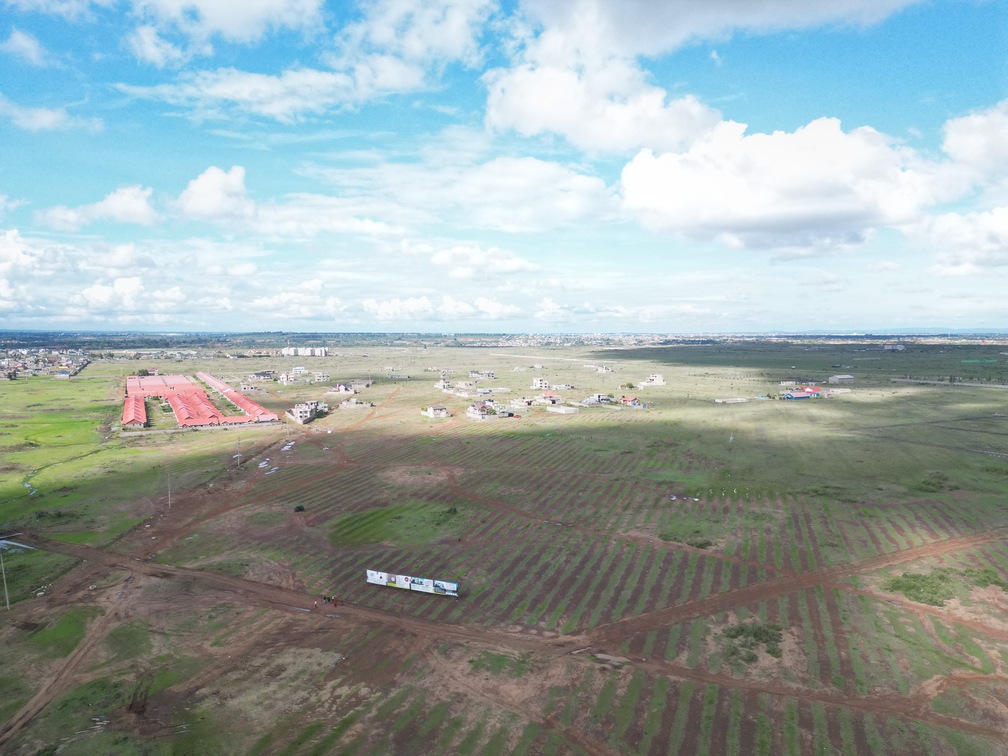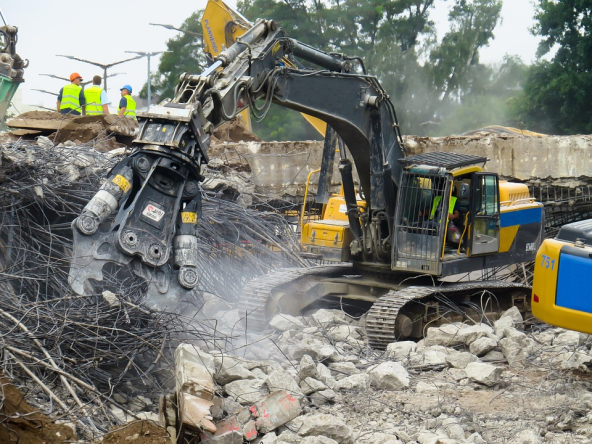Land hoarding in Kenya has quietly become one of the most influential—and contentious—forces shaping the country’s urban and peri-urban landscapes. Investors, both local and diaspora, buy large tracts of land and leave them undeveloped for years, waiting for prices to rise. While this strategy often delivers impressive returns to individual owners, it also creates significant challenges for urban planning, infrastructure rollout, and housing supply.
The Loopholes That Enable Land Hoarding
Kenya’s land laws recognize private ownership rights but leave wide legal grey zones when it comes to the obligation to develop or utilize land. The Land Act and related statutes lack strict timelines or penalties for leaving property idle, especially for private owners. This allows speculators to legally hold strategic parcels without building on them, often for decades.
Counties like Nairobi, Machakos, Kiambu, and Kajiado have urban development plans on paper, but enforcement is weak. In many cases, zoning laws are either outdated or inconsistently applied, leaving room for speculative holding that disrupts coordinated growth.
Read Also: Juja 50 by 100 land for sale
Economic and Social Costs of Idle Land
Idle land in Kenya’s rapidly growing towns and cities has ripple effects:
- Delayed infrastructure efficiency: Roads, water lines, and electricity grids are often planned for active communities. Vacant parcels slow down service delivery.
- Artificial price inflation: Withholding land from the market pushes prices beyond the reach of middle-income buyers.
- Urban sprawl: Hoarded plots push development further into rural areas, straining agricultural land and creating commuter towns without core amenities.
According to the Kenya National Bureau of Statistics (KNBS), land prices in some Nairobi outskirts have risen by over 200% in the last decade—outpacing actual population settlement rates. This gap is a direct sign of speculative accumulation rather than organic growth.
Read Also: Welcome to Willstone Homes – Where Dreams Find Foundations
Why Productive Use Matters
Productive land use doesn’t only mean putting up buildings. It could include leasing land for farming, creating community facilities, or even interim commercial activities while awaiting full development. By keeping land in use, owners help sustain the local economy, maintain property values, and attract infrastructure investment.
Policy Options for Balancing Rights and Responsibilities
Urban planners and economists have suggested measures to address land hoarding in Kenya:
- Idle land tax: Charging an annual levy on undeveloped urban land to discourage speculative holding.
- Development timelines: Setting legally enforceable periods within which purchased plots must be developed.
- Zoning enforcement: Updating and strictly applying zoning laws to ensure land is used in line with county plans.
Some counties, like Nakuru, have begun exploring these measures, but a national approach is still lacking.
The Way Forward
Kenya’s property market is still one of Africa’s most attractive investment destinations. However, if land hoarding in Kenya continues unchecked, the imbalance between speculation and productive use will undermine urban efficiency and housing affordability.
The legal grey zones that protect this practice need urgent reform, balancing private property rights with the country’s development needs. Without this shift, Nairobi’s satellite towns and other growing cities risk becoming patchworks of luxury gated estates surrounded by idle, overvalued land—an unsustainable model for long-term growth.
Read Also: Welcome to Willstone Homes — Where Your Week Begins with Purpose
If you’re ready to invest in land that delivers real value—not just paper profits—partner with Willstone Homes. We offer prime plots in fast-growing locations, backed by clear titles and development potential.
📍 Visit Us: Park Suites, 44 Parklands Road, Ground Floor, Suite 1, Willstone Homes
📞 Call: +254 711 082 011
📧 Email: [email protected]
Make your next land purchase a step toward growth—not another idle investment.




